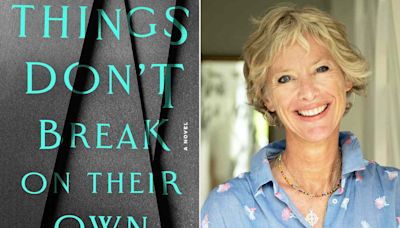Search results
Dec 17, 2015 · “The meeting with oneself is, at first, the meeting with one’s own shadow. The shadow is a tight passage, a narrow door, whose painful constriction no one is spared who goes down to the deep well. But one must learn to know oneself in order to know who one is.” (Carl Jung) The Hidden Power of the Shadow
Apr 20, 2024 · The shadow is a critical psychological insight from the work of psychiatrist Carl Jung. The shadow is the “dark side” of our personality because it consists chiefly of primitive, negative human emotions and impulses like rage, envy, greed, selfishness, desire, and the striving for power.
“To own one’s own shadow is to reach a holy place—an inner center—not attainable in any other way. To fail this is to fail one’s own sainthood and to miss the purpose of life.” ― Robert A. Johnson, Owning Your Own Shadow: Understanding the Dark Side of the Psyche
- Robert A. Johnson
- 1991
Nov 11, 2021 · The shadow self refers to parts of yourself—whether personality traits, emotions, thoughts—that are difficult to accept. As licensed clinical psychologist Claire Nicogossian, Psy.D., explains to mbg, you often don't want to acknowledge, identify, or embrace these things.
Feb 7, 2024 · Your shadow self is your inner world of hidden or suppressed emotions, desires, and aspects of your personality. It consists of parts of yourself that you may not acknowledge or show outwardly. Everyone has a shadow self, but it's often in your subconscious, so you may not be fully aware of it.
- sanjupradeepa@believeinmind.com
Feb 17, 1994 · This powerful work from the acclaimed Jungian analyst and bestselling author of Inner Work and We explores our need to “own” our own shadow: learn what it is, how it originates, and how it impacts our daily lives.
China underwent a dramatic social transformation in the last decade of the twentieth century. This powerful ethnographic study of one community focuses on the logic of everyday practice in post-reform rural China.






